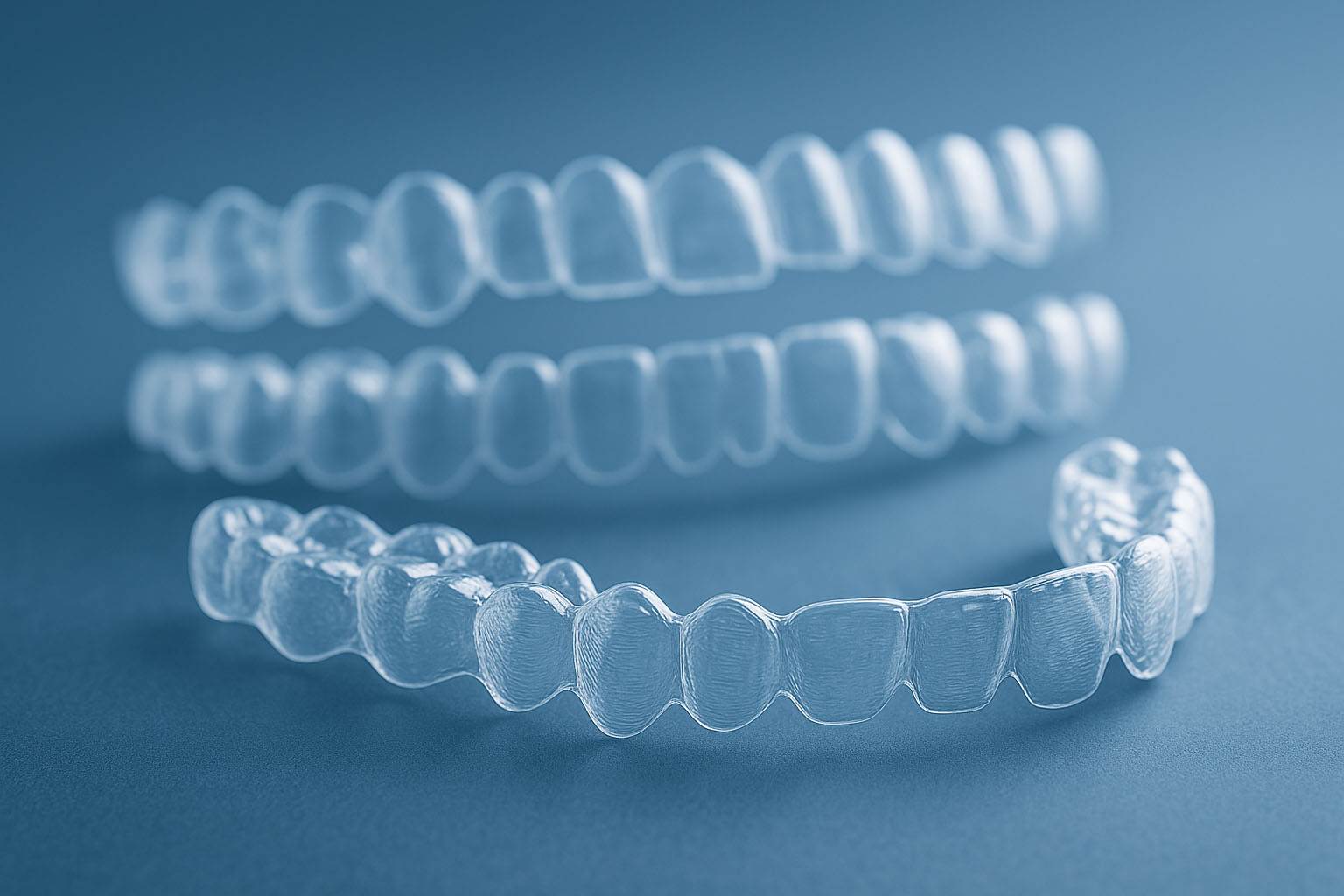
To clean orthodontic aligners, rinse them daily with cold or lukewarm water—never use hot water, as it can warp the plastic. Use a soft-bristled toothbrush and clear, unscented antibacterial soap to gently brush away buildup. Avoid using toothpaste, which may scratch the aligners. For deep cleaning, consider aligner cleaning tablets or solutions as directed by the manufacturer. Always store aligners in a clean case when not in use.
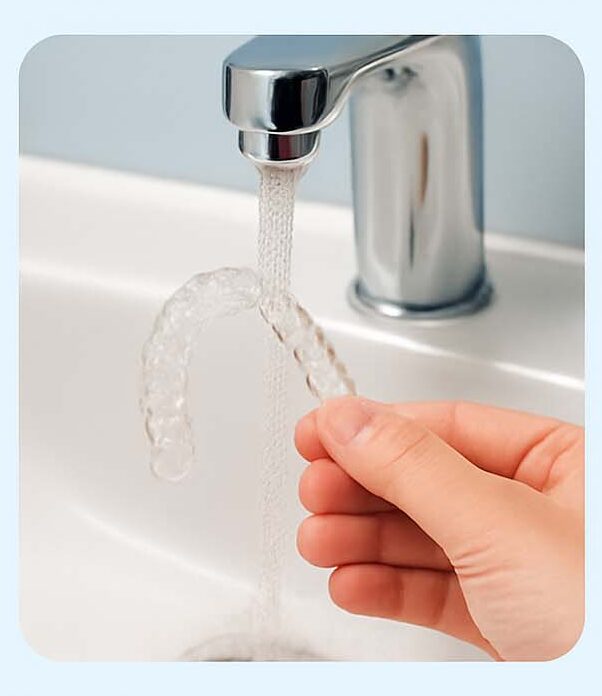
Tri-D treatment planning is crucial in aligner orthodontics because it ensures precise control over tooth movement in all three dimensions— vertical (intrusion & extrusion), transverse (expansion), and sagittal (forward & backward movement). With Royal Aligner's patented method, attachments are placed in less visible areas like the proximal and lingual sides of the teeth, allowing for discreet yet highly effective control. This comprehensive planning allows for greater predictability, faster results, and significantly improves treatment outcomes compared to conventional systems.
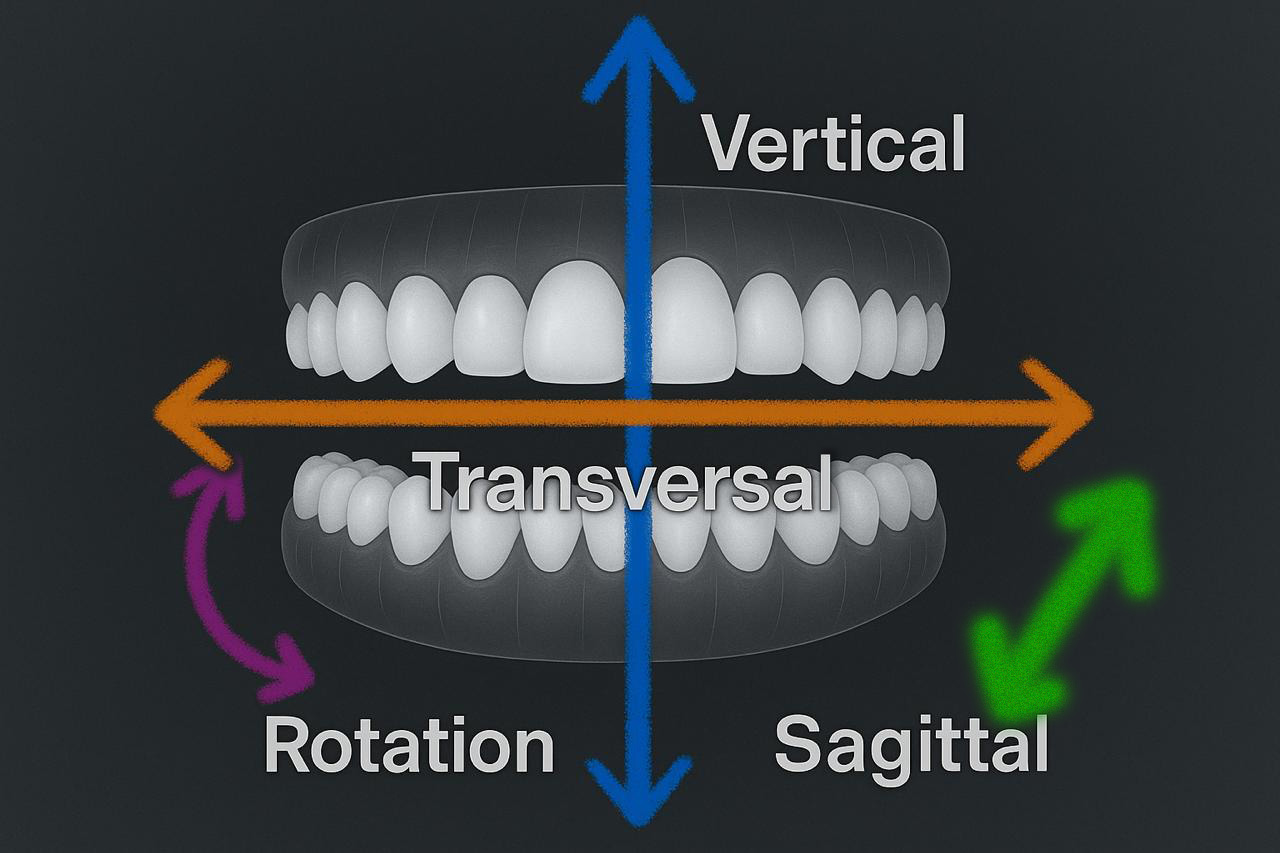
Intraoral scans are generally the better option for orthodontic aligners. They use advanced digital technology to create highly accurate 3D models of your teeth, offering a more precise and comfortable experience. Unlike traditional dental impressions, which can be messy and uncomfortable, intraoral scans are quick, clean, and more efficient. However, if a scanner isn't available, high-quality manual impressions can still be effective when taken correctly.
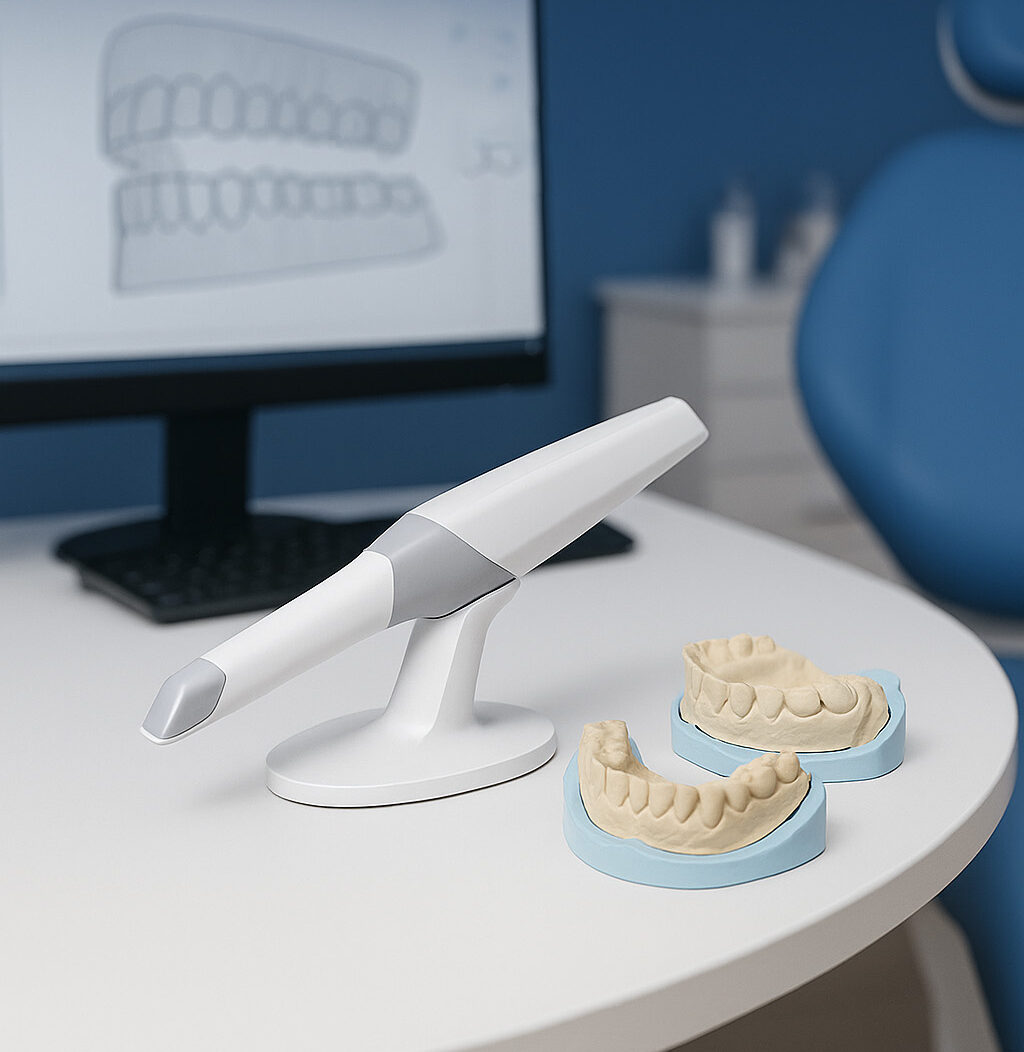
Attachments are small, tooth-colored composite bumps that are temporarily bonded to specific teeth to help guide the aligner’s force and enable precise tooth movement. They work like handles, allowing the aligner to grip the teeth better and apply controlled pressure for desired movement. Attachment Aligners are aligners designed to work with these attachments. They apply targeted force based on the attachment placement to achieve complex dental movements. Retention Aligners are used after treatment is complete. Their role is to maintain the final position of the teeth and prevent relapse, ensuring long-term stability and results.

Straightening teeth not only improves your smile—it also contributes to overall health. Misaligned teeth are harder to clean, which can lead to chronic gum inflammation and bacterial buildup. These oral bacteria can enter the bloodstream and have been linked to systemic health issues, including heart disease and even certain types of cancer. By aligning teeth properly, Royal Aligner helps reduce plaque accumulation, supports healthier gums, and minimizes inflammation—leading to better oral and long-term systemic health.
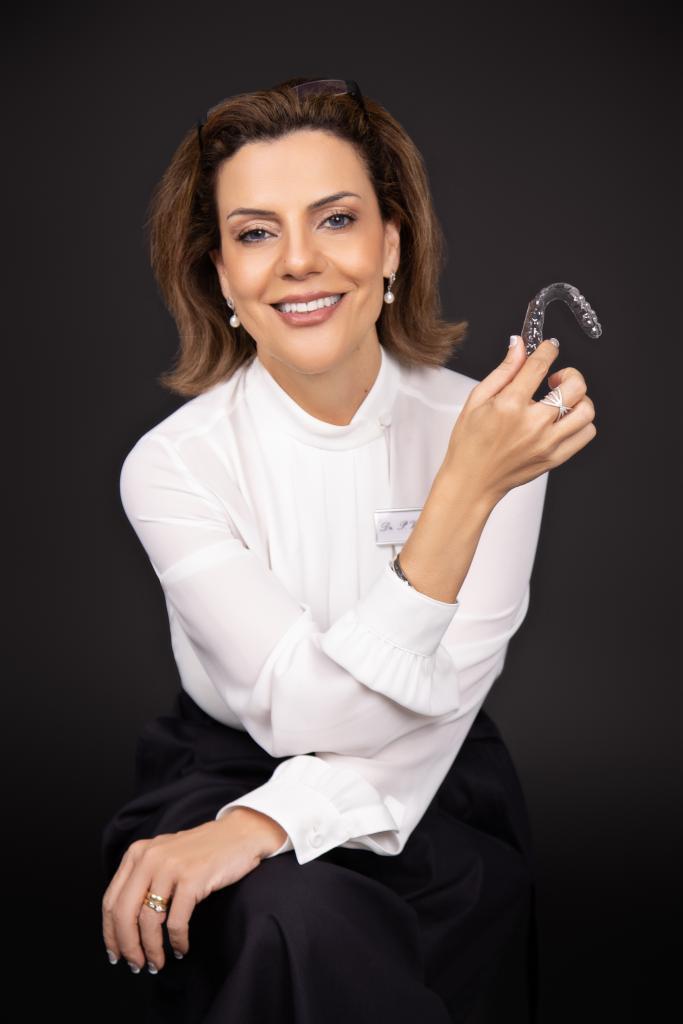
Weddings are often one of the most photographed and memorable moments in a person’s life. Having straight, aesthetically pleasing teeth not only enhances your smile but also boosts your confidence during such a special occasion. Aligner orthodontics offers a discreet and effective way to align teeth in preparation for this big day, often with minimal discomfort and visibility. Many patients begin treatment months before their wedding to ensure they feel radiant and confident walking down the aisle and smiling in every photo.

A bleaching aligner is a specialized clear tray designed not only to align your teeth but also to whiten them simultaneously. These aligners have built-in space or compartments to hold whitening gel, allowing patients to undergo teeth whitening while wearing their orthodontic aligners. It's a convenient, dual-purpose solution for achieving both straighter and brighter teeth during treatment.
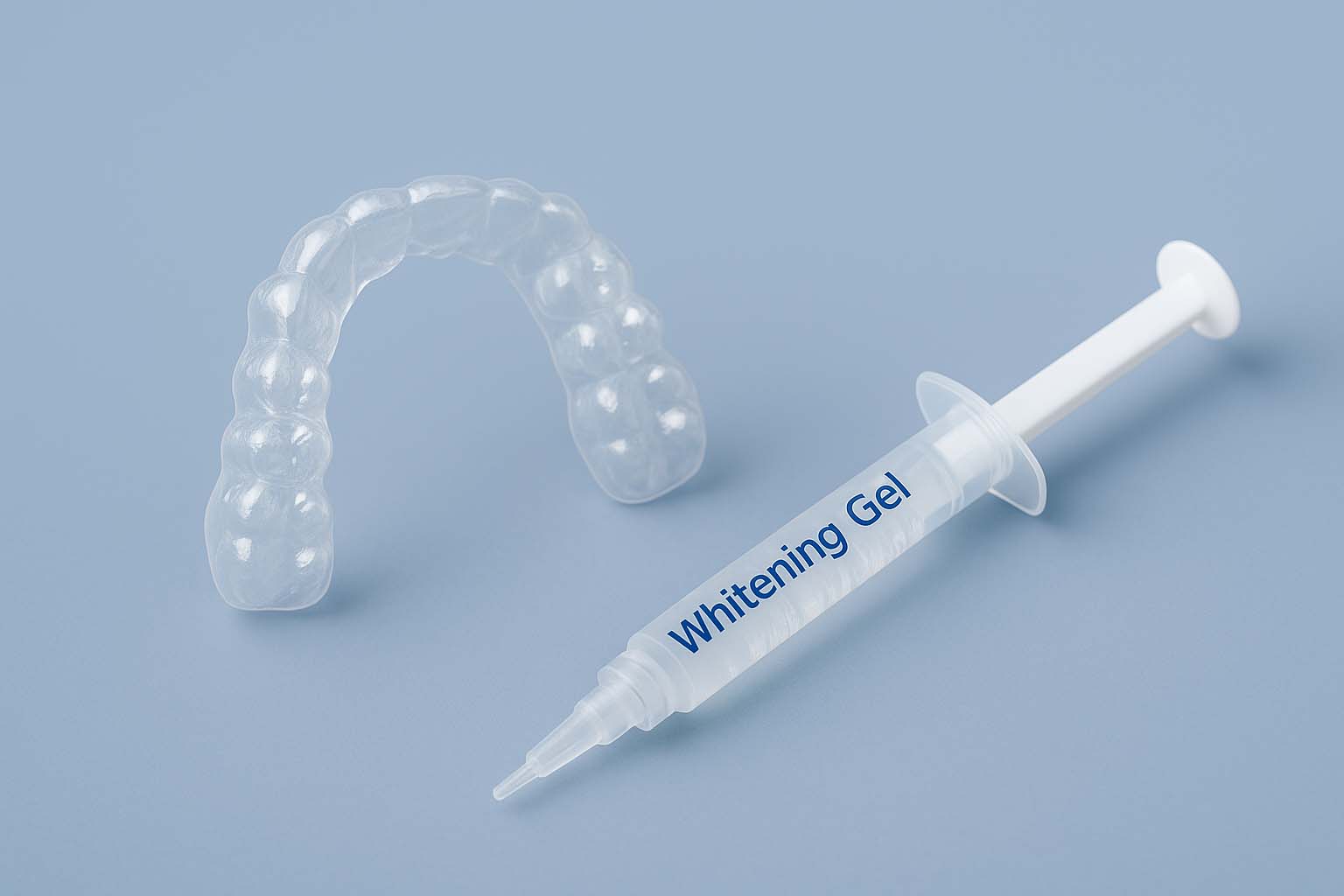
If you lose or break your aligner, don't panic. The first step is to contact us immediately. We will assess whether you should move forward to the next aligner in your series, go back to the previous one, or if a replacement needs to be made. Never try to fix a broken aligner yourself, as it can affect your treatment. In the meantime, wearing your previous aligner (if available) can help maintain your teeth’s position until further instructions are given.

The number of aligners required for a simple treatment typically ranges from 3 to 8 sets. This depends on the specific case, such as the degree of misalignment and the treatment goals. Each aligner is worn for approximately one to two weeks before moving to the next set, gradually guiding the teeth into the desired position. We will determine the exact number after analyzing your 3D or dental impressions.
